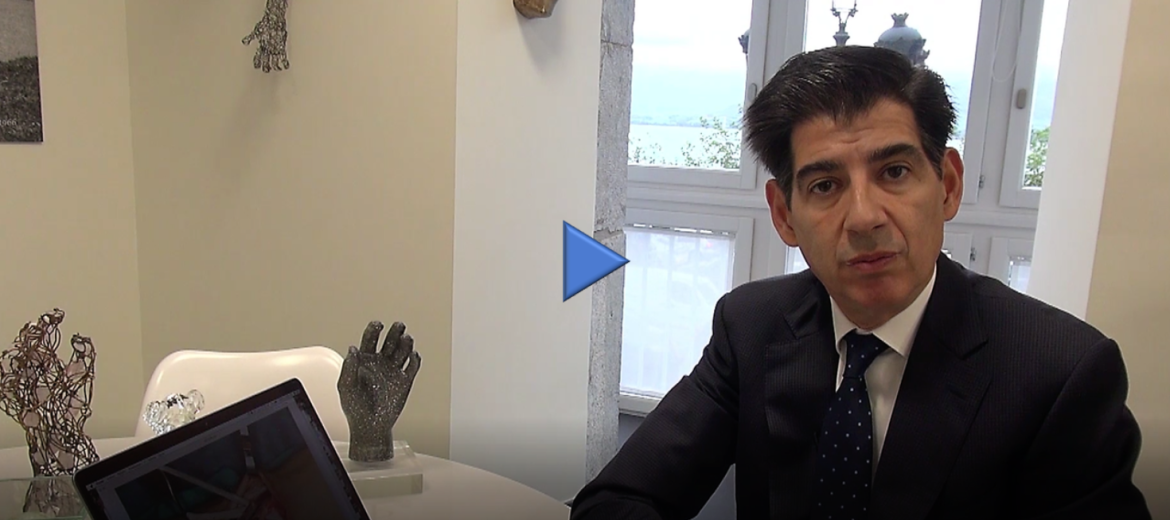Ci-dessous vous pouvez lire une traduction de traducteur humain en anglais. Vous avez également accès à l’original espagnol en cliquant sur le drapeau dans le coin supérieur droit. Ce lien vous donne accès à une version de traduction automatique de Google dans votre langue: HTTPS://GOO.GL/71PGJT
Nerve lesions in their most severe manifestations can lead to paralysis, such as quadriplegia at different levels. These and other situations with nervous affection are approached by Dr. Piñal with advanced microsurgery techniques.
The Spanish surgeon and his team base their clinical perspective on the reassignment of muscle-tendon functions, which involve the development of procedures such as tendon transfers or the autologous transplantation of gracilis muscle, among others.
In this entry of his videoblog, Dr. Piñal presents this type of pictures and analyzes them from a case study: the functional recovery in both hands of David, a young patient, 37 years old, with quadriplegia – lesions level C5 in spinal cord – after suffering a blow to the head while trying to dive.

After the initial traumatic impact, the lesion evolved to C6-C7, with some movement in the arms, but both hands were dysfunctional, without strength and incapable of basic maneuvers such as the clamp.
Dr. Piñal applied a two-stage surgical process on both hands of the patient, using techniques such as tendon transfer or tendon transplantation, in combination with the so-called Zancolli’s lasso procedure.
The result, as can be seen in the images, shows an outstanding recovery of mobility and strength over the initial situation, which gives autonomy back to the patient thanks to the possibility of performing daily tasks such as personal hygiene, small household chores, putting his tube, etc.
Additional info
– ‘Transfer of gracilis muscle in case of loss of forearm muscles in accident’
– ‘Tendon transfer in case of nerve injury by hand crushing with muscle extrusion’.
 es
es en
en fr
fr it
it ru
ru zh-hans
zh-hans
